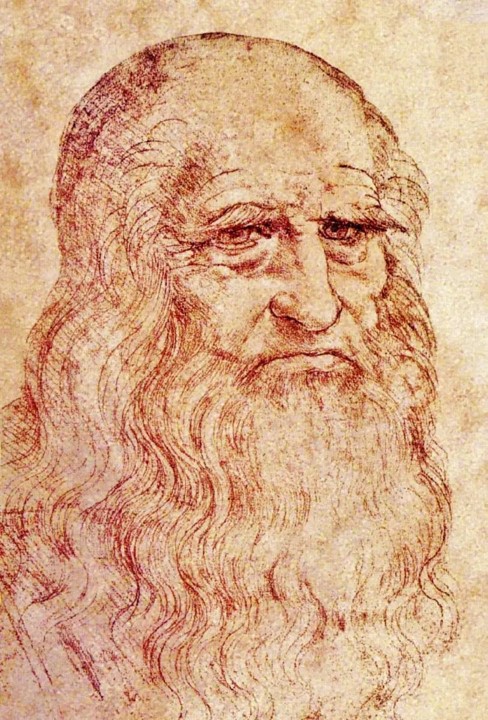
What makes a genius? Is it a natural gift bestowed by a fortunate combination of a father and mother’s DNA, in other words genetics and heredity, or is it an acquired state based on environment, education and experience? Or a combination of both? The same could be asked of any exceptional trait, such as charisma, or evil dictatorship.
A cross-disciplinary team of international specialists – including genetic scientists, microbiologists, genealogists, anthropologists, and art historians – have created a venture, known as The Leonardo Project, with the aim of creating new insights into Leonardo da Vinci’s genius that will combine scientific technologies with state-of-the art research techniques. First, they plan to confirm that the remains in the chapel of Saint-Hubert are indeed genuine, using DNA sequencing. Leonardo’s family tree has already been updated – tracking a continuous male line from his grandfather across six hundred and ninety years, down twenty-one generations and five family branches, to identify fourteen living relatives – so that a match might be made. Other potential sources for Leonardo’s DNA and biometrics have been proposed including: hairs that might be found, stuck within the mixture of pigments, walnut oil and amber resin, on the surface of his paintings, or trapped in the folds of his notebooks; and fingerprints left behind as he softened the tones and layers. All this assumes of course that the current owners are in agreement to allow their priceless possessions to be investigated so intrusively.
Following endorsement (yet to be confirmed) of the identity of the bones, they suggest that using the same methods already developed to re-create faces from fossilised skulls, they could even create a computerised version of his face, although this would seem to call into question the accuracy of the many self-portraits that Leonardo painted during his lifetime.
There are at least a couple of observations here. Today we need a cross-disciplinary team of researchers, whereas Leonardo embodied many disciplines in his one person in his day. Furthermore, the project team finds itself effectively dissecting and analysing his body and its genetic content, much in the same way that Leonardo used dissection to inform the anatomical accuracy of his drawings.
From all of this this yet-to-be-gathered data, The Leonardo Project team hopes to find out more about his physical appearance, the state of his health, and his diet. But this does not sound as though it adds up to a recipe for genius? Is there a gene for genius?
Software engineers may have already found an answer – it is not a gene, but an algorithm. A start-up based in Florence, obviously, has used artificial intelligence technology to develop an App that has been trained on data points derived from Leonardo da Vinci’s paintings.
As might have been predicted, building the genius algorithm was not straightforward, since Leonardo did not draw a shape and fill it with colour, but the shapes emerge from the layers of colour themselves. So extensive research was required to develop a new approach to the standard ‘neural style transfer’ technique that copies the visual style of one image onto another. This resulted in a model with 500 million parameters linked to machine learning algorithms. All of this effort produces, within two minutes, your selfie in the style of the Mona Lisa.
We should not need to remind ourselves that such a feat is not generating a new genius – which may yet come about – but that those millions of data points represent, somewhere in the physical innards of a server, the vast scale of the genius of Leonardo himself.